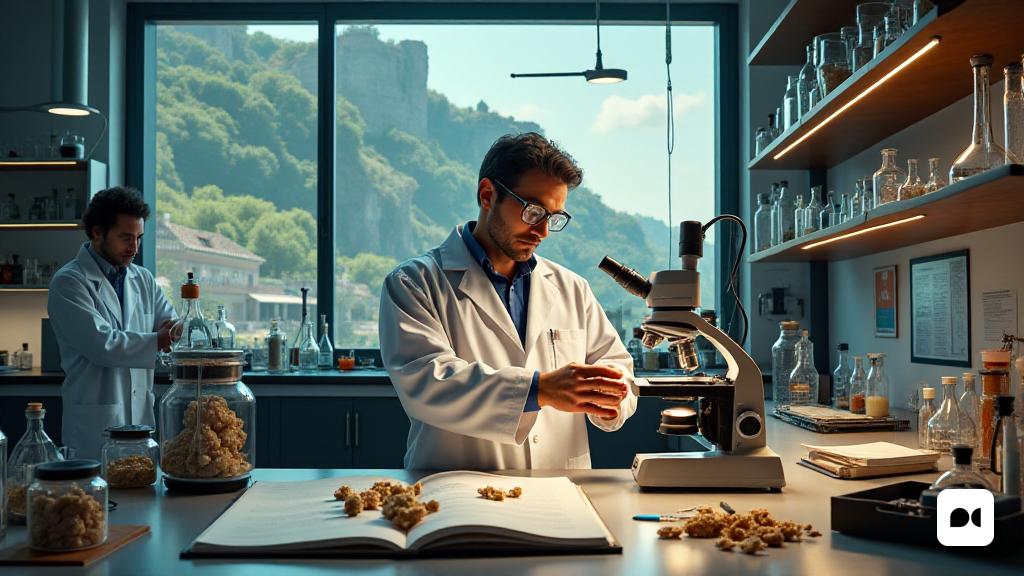The role of chemistry in archeological research
Gianni Gallello, a prestigious researcher at the University of Valencia, leads a team that applies to the intersection between chemistry and archeology. Its mission is to develop new techniques that revolutionize the understanding of cultural heritage through the chemical analysis of ancient remains.
Development of innovative tools
The Gallello team has recently integrated the use of rare lands, chemical elements that have been slightly exploited so far in the field of archeology. This innovation has opened a range of possibilities for unpublished information on human activities in archeological areas.
New horizons in research
Through the use of rare lands, researchers can decipher not only past activities, but also the way they have influenced the formation of archeological strata. This chemical approach brings a new and essential dimension to the study of history.
International recognition and cases d’Estudi
The search for this team has gained world recognition, especially after its collaboration in the Pompeii sites. Here, they applied innovative techniques to study the cases that left the bones during the excavations, revealing crucial aspects of the tragedy that affected the city.
Investing the causes of death
One of the most fascinating inquiries was the determination of the temperature at which the victims were exposed during the Vesuvius eruption. Using a portable X -ray apparatus, the team was able to precisely measure bones and lime, contributing to a more detailed understanding of the causes of death.
Global and local projects
In addition to working in Pompeii, Gallello and his team have conducted research in different parts of the planet, including India, Tanzania, Ethiopia and Amazon, as well as locally in the Valencian Community.
A diversified approach
His work covers several field campaigns, which vary between two and four each year, accompanied by laboratory analysis and collaborations with museums. In addition, the team devotes time to the training of researchers and the dissemination of knowledge through seminars and congresses.
A promising future for archeology
With the advancement of chemical techniques and their application in archeology, the future of this discipline is full of possibilities. The innovative tools that are currently developed could radically transform the way we understand our roots and the past that has formed us.

